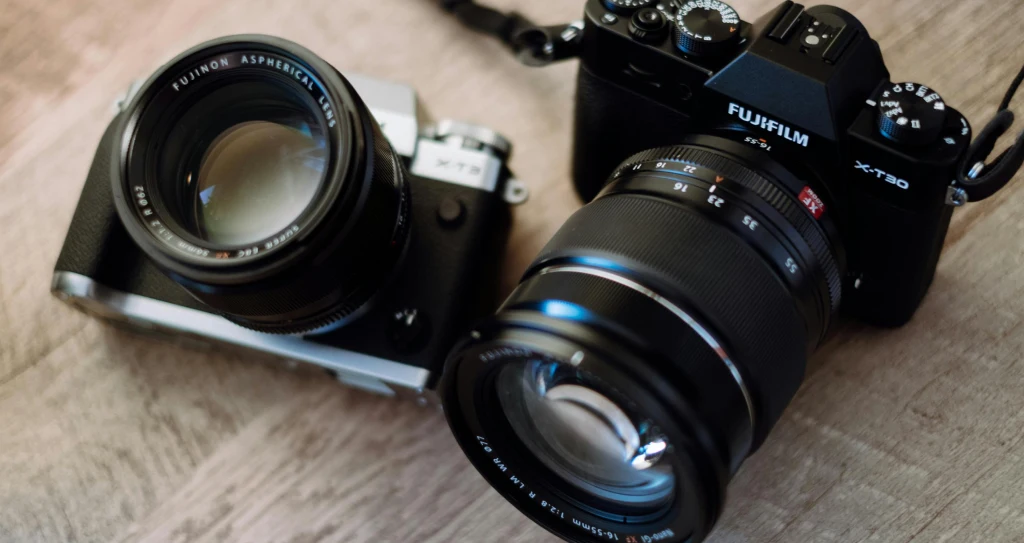Introduction:
The foundation of compelling photography is composition. It’s not just about picking up and firing away; it’s about how you orchestrate components inside the edge to convey a story, summon feelings, and guide the watcher’s eye. Whether you’re a novice or an accomplished picture taker, dominating piece can essentially hoist the effect of your photographs.
Understanding Composition:
Composition in photography refers to how elements are arranged within the frame. It involves aspects such as:
- Rule Of Thirds: One of the most fundamental principles where the frame is divided into a 3×3 grid, and key elements are placed along these lines or at their intersections to create balance and interest.
- Leading Lines: Using lines within the scene (e.g., roads, fences, rivers) to guide the viewer’s gaze towards the main subject or focal point.
- Symmetry And Patterns: Utilizing symmetrical balance or repeating patterns to create visually pleasing and harmonious compositions.
- Depth And Layering: Incorporating foreground, middle ground, and background elements to add depth and dimension to your images, providing a sense of scale and context.
Techniques To Enhance Composition:
- Fill The Frame: Get close to your subject to eliminate distractions and emphasize details, capturing intimate and impactful shots.
- Use Of Negative Space: Sometimes what’s not in the frame is as important as what is. Negative space around your subject can enhance focus and draw attention.
- Frame Within A Frame: Utilize natural or man-made elements (e.g., windows, doorways, arches) to frame your subject, adding depth and context to your composition.
- Experiment With Perspectives: Change your viewpoint—try shooting from high above or low to the ground—to offer unique perspectives and alter the viewer’s perception.
Evoking Emotion Through Composition:
Composition isn’t just about technical guidelines; it’s about storytelling and emotion. Here’s how you can infuse emotion into your compositions:
- Subject Placement: Where you place your subject within the frame can evoke different emotions. Placing them off-center using the rule of thirds can create a sense of movement or tension.
- Lighting And Mood: Pay attention to how light interacts with your subject. Soft, diffused light can create a serene mood, while harsh light can evoke drama.
- Color And Contrast: Vibrant colors can convey energy and excitement, while monochromatic schemes or subtle tones can evoke a sense of calm or nostalgia.
Practicing And Refining Your Skills:
Improving your compositional skills takes practice and experimentation. Here are some tips to help you refine your abilities:
- Study Master Photographers: Analyze the work of renowned photographers to understand how they use composition to tell stories and evoke emotions.
- Critique Your Own Work: Review your photos critically. Identify what works well and what could be improved in terms of composition.
- Shoot With Intent: Before pressing the shutter, consider why you’re framing the shot in a particular way. What story are you trying to tell? What emotion are you trying to evoke?
- Seek Feedback: Share your work with others, whether through online communities, workshops, or critiques. Constructive feedback can provide valuable insights and help you grow as a photographer.
Conclusion:
Dominating piece in photography is an excursion of revelation and imagination. By figuring out the standards of sythesis, exploring different avenues regarding methods, and endeavoring to bring out feeling through your pictures, you can lift your photography from previews to convincing visual stories. Keep in mind, each photo you make a move to communicate your exceptional point of view and associate with your crowd through the specialty of creation.
Note: When you make a purchase through our affiliated links, a small commission is earned by us.



Leave feedback about this